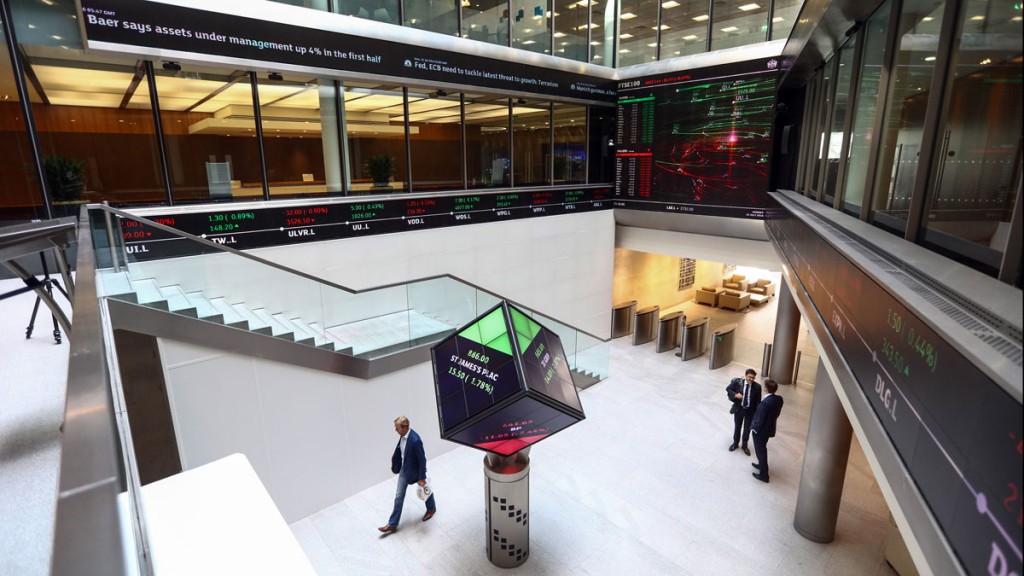
Our topic today – coincidentally enough, given that it’s precisely what we’ll be discussing at the MoneyWeek conference next month – is financial repression and its nasty side-effects.
(Tickets for the conference itself are long sold out, byt he way, but you can make sure that you don’t miss out on any of the information by booking your copy of every presentation and every Q&A with our financial experts on DVD now.)
I’ve been reading a very interesting piece by Harley Bassman of US bond fund giant Pimco. It all gets a bit technical, but put simply, Bassman is worried that the market is too calm about everything (this was just before the latest attack of the jitters, but it’s still valid). And central banks need to shoulder a big part of the blame.
As Bassman puts it: “There are only two realistic avenues out of a debt crisis – default or inflate – and inflation is just a slow-motion default.”
The simple goal behind all of the monetary experiments that we’ve seen over the last few years has been to ignite inflation, and so pursue the second of these two methods of getting rid of our huge public and private sector debt piles.
So far, central banks have struggled with the inflation side of things. But they’ve certainly managed to drive interest rates across the spectrum lower.
However, in the process, they have produced a couple of very damaging side effects. Firstly, they’ve damaged the market’s signalling function. “The problem confronting [fund] managers now is that financial repression is clouding the window such that it is difficult to discern whether market signals are fundamental to the economy, or technical due to central bank intervention.”
In other words, no one knows whether we have low rates because the economy is in a mess and heading for deflation, or whether it’s all down to central banks.
Secondly, central banks have created a sense of security – almost certainly a false sense of security at that – which is creating massive imbalances and leaving the whole system more vulnerable to a crash.
Central banks have promised to avoid surprising the market with unexpected interest-rate rises or policy shifts, because they don’t want markets to crash. But Bassman makes the point that we’ve always made: if the central bank promises to keep markets from collapsing, then the danger is that investors take “too much” risk.
(I’m putting “too much” in inverted commas, because in fact, in purely economic terms, it’s only rational for an investor to take more risk if they genuinely believe that the central bank has found a way to prevent markets from ever going down.)
This is what economist Hyman Minsky always warned of: “stability is destabilising”.
Where’s the evidence of this happening? Well, if record low interest rates and record high stockmarkets aren’t enough to concern you, Bassman notes that key measures of bond market volatility are at unusually low levels. In effect, what this means is that too many investors are betting too heavily in one direction. They aren’t hedging their bets.
In short, today’s low volatility “is a symptom that many portfolios are vulnerable to a sharp change in the macro environment”.
What does all of this remind you of?
When did we last see this sort of compressed volatility?
Oh go on, take a wild stab in the dark. Do I hear various shouts of: “ahead of the 2007-09 financial crisis?”
Well, you’re right. By the time the financial crisis rolled around, investors had grown used to the predictable, gentle rate rises from the 2004 to 2006 period. They put all of their faith in the US Federal Reserve’s ability and desire to shield them from the horrors of investment losses, and as a result, they put too much money on “red”.
So when the ball ended up on “black” instead, they lost a shedload of money and the financial system effectively collapsed.
Bassman hedges his bets a bit: “I am not suggesting an imminent repeat of the financial crisis”. But equally, he says, “it is never different this time”.
What I’m wondering about is this: we saw what the financial crisis bequeathed us – a world of extreme monetary policy and (increasingly) political volatility. What would happen if there was another crisis while we’re still nowhere near recovered from the last one?
How much crazier could things get?